The guidebook for diabetes management is Dr. Bernstein's Diabetes Solution. I love the detail and depth of Dr Bernstein's book, but feel it can be overwhelming, especially on first reading. Even those of us who have read it previously will go back and read it again and again to absorb more information.
Because of this, diaVerge is developing a "Getting Started Guide", with auxiliary information in everyday, easy to understand language. We're also including recipes, research and additional resources.
BUT we're also including a quick at-a- glance reference here for Dr. Bernstein's top recommendations.
There are several posts already on diaVerge discussing key elements of the plan, and we'll be adding more as we go forward. Without further ado...
Dr. Bernstein's Key Recommendations for Diabetes Management:
The Law of Small Numbers: The concept that small consumption of carbohydrates requires small amounts of insulin, and if needed, small corrections. Discussed in more detail here.
Blood Glucose Target: 83 mg/dl.
Insulin Tricks: PreBolus before eating, protein bolus to account for gluconeogenesis and Intramuscular (IM) shots to bring high blood glucose levels down faster. These all need to be used with caution and you can learn more about these three techniques here.
Hypoglycemia/Low Blood Glucose Treatment: Use pure glucose and nothing but glucose to treat hypoglycemia. You will find after following the "Law of Small Numbers" that you'll require much smaller corrections when low. I usually require 1 glucose tab (4 grams of carbs) to recover from a hypoglycemia and hit the target of 83 mg/dl. If glucose tabs or powered glucose is not available where you are, there are also many candies made with pure glucose. My default has been table sugar, as I wrote about here, which is not ideal and contains both glucose and fructose, which delays absorption and can contribute to weight gain. I use glucose tablets whenever possible now.
Meal Recommendations: Carbohydrate consumption limited to 30 grams per day for adults (this number is lower for children). The recommended daily carb breakdown consists of:
6 grams of carbohydrates at breakfast (due to the difficulty of the dawn phenomenon)
12 grams of carbohydrates at lunch
12 grams of carbohydrates at dinner.
All carbohydrates should come from non-fibrous vegetables.
Meats, high-fat dairy, leafy greens and many other vegetables are allowed, as well as avocado (technically a fruit) and some people can eat small quantities of tomatoes, carrots and onions. These three in particular can cause blood glucose spikes, so they should be eaten with care. Nuts should be eaten in small quantities because of the tendency to overeat.
(In all honesty: I personally add 2 snacks per day of 5 grams of carbs each, reaching approximately 40 grams of carbs per day. More information in the post here.)
Protein: Dr. Bernstein's plan should not be mistaken for high fat. It is LOW-CARB-HIGH-PROTEIN. Dr. B recommends a minimum consumption of 1.0-1.2 grams of protein per kilo of ideal body weight in physically active adults. This will be higher for athletes and children.
**This quantity of protein is often mistaken for the quantity of a protein food. For example, the weight of the chicken you eat is not the number above, but rather the grams of protein the chicken contains. Use an online meal tracker or google a certain food to determine the correct protein levels contained in the foods you eat.
Fitness: High intensity, weight bearing exercise taking place later in the day is best. Blood glucose levels can be difficult to balance during morning exercise due to the dawn phenomenon.
Insulin Resistance: Blog post forthcoming.
“There are essential amino acids and essential fatty acids, but there is no such thing as an essential carbohydrate. Furthermore, by sticking to a diet that contains no carbohydrate but has high levels of fat and protein, you can reduce your cardiac risk profile— serum cholesterol, triglycerides, LDL, et cetera— ”
Low carb diets were the standard recommendation for the treatment of diabetes before the discovery of insulin in 1922. It still holds true that low carb is the most effective diet for the management of both Type 1 and Type 2 diabetes, and when used as a tool along with modern medicine, can maintain a long, complication-free life with diabetes.
For more information on these and many other diabetes management tools, please read Dr. Bernstein's Diabetes Solution in it's entirety.

